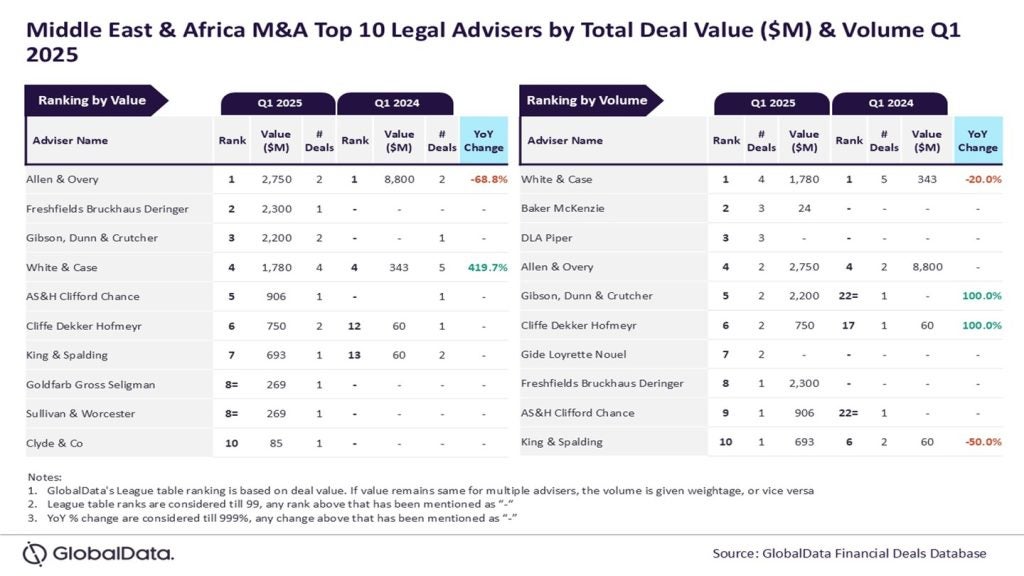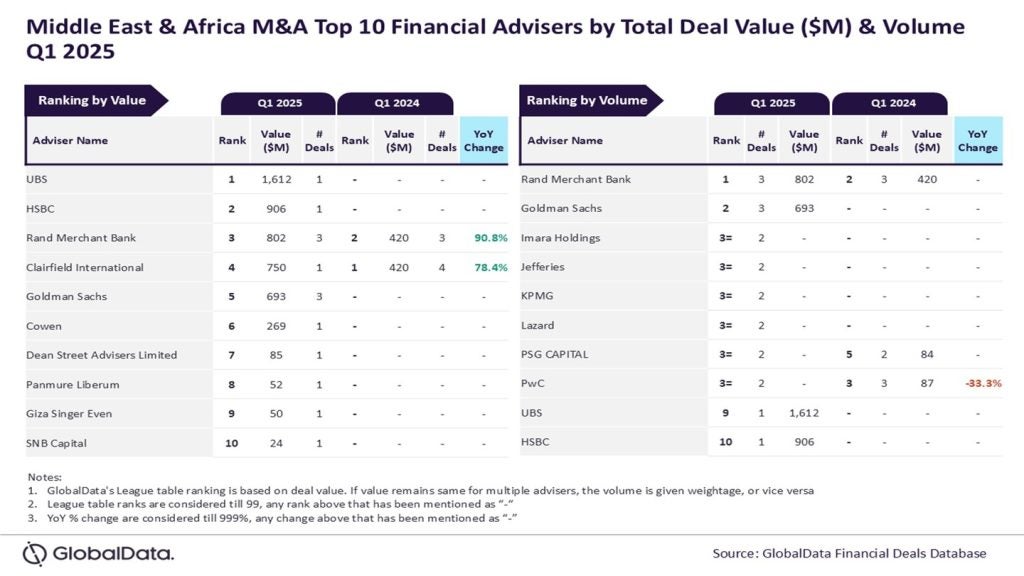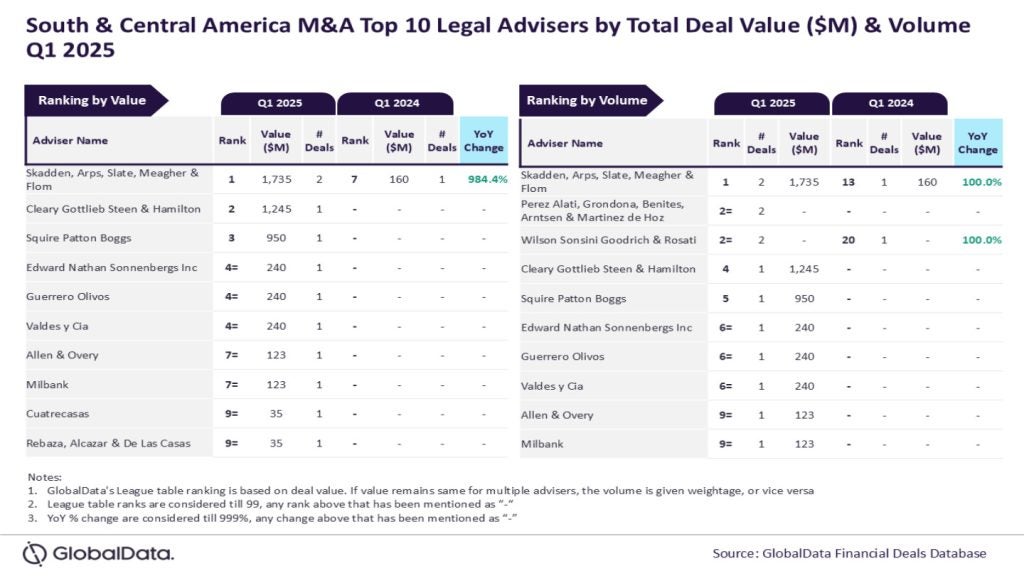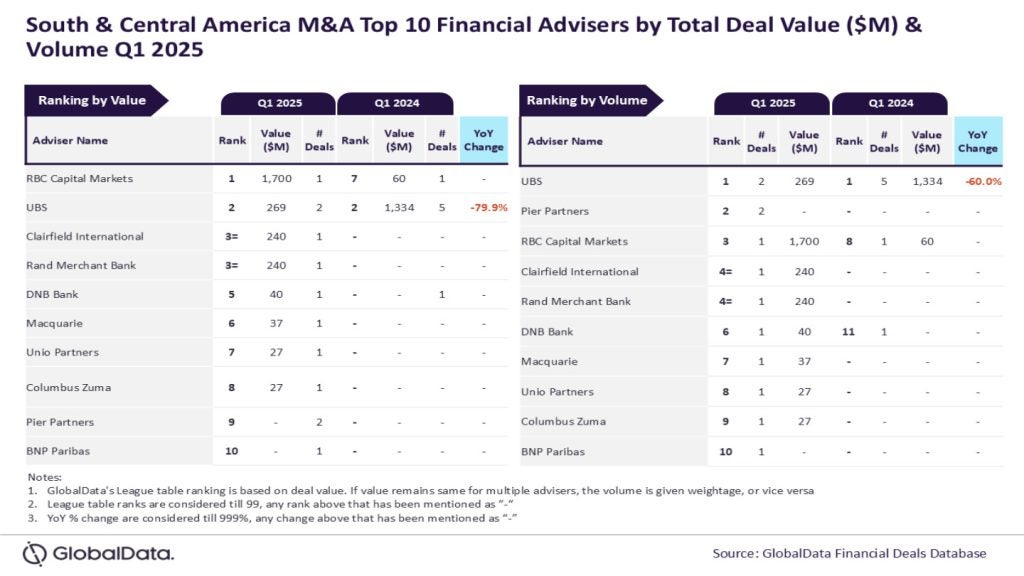
Higher interest rates will cost British businesses an additional £4.7bn a year for the rest of the decade. Much of this cost will be pushed onto consumers, according to a new study by management consultancy Baringa. Baringa believes companies are experiencing the largest such hike in debt-related costs ever faced by the UK private sector. It is a problem caused by the amount of debt in the corporate system combining with the pace of change in interest rates after a long period at ultra-low levels.
The issue is exacerbated because many firms lack the institutional memory to deal with this interest rate environment. Just a quarter (27%) of senior financial executives in large UK companies say they were involved in decision-making before 2008 when interest rates were last this high.
Baringa gathered data on UK corporate bonds and loans to see how much more money firms would be required to pay if their debt – which was mostly taken out before the end of 2021 while interest rates remained at historic lows – was refinanced at the interest rates now predicted for the time it falls due.
UK firms’ debt servicing to peak in 2026: Baringa
Baringa discovered that in 2024 UK firms would pay a combined £5.9bn extra to service their debt. The figure will peak at £7.2bn in 2026 before falling to £2.4bn by 2030.
Baringa also surveyed 250 chief financial officers, treasurers and financial directors in large UK companies. Nearly all (96%) reported facing or expecting to face an increase in the cost of refinancing. Almost three quarters (72%) say the increase will be “significant”.
The knock-on effects of extra debt costs
More worryingly, two-fifths (39%) responded that despite having some liquidity and cash reserves at present, the coming crisis means they might “struggle to survive”.
Extra debt costs caused by higher interest rates will have huge knock-on effects. Three quarters (74%) of senior financial executives said their products and services will become more expensive for their customers. When asked to list the main ways they plan to tackle this challenge, the most popular answers were that their company will sell assets (cited by 22% of respondents). This is followed by drawing down their cash reserves (22%), selling parts of their business (21%) and making redundancies (21%).
Nick Forrest, a partner at Baringa said: “It’s tempting to look at plateauing or falling interest rates and conclude we’re coming out of the woods. Sadly, this disguises the truth that the hike in rates since the end of 2021 condemns business and the wider economy a huge hangover for years to come.
Record high interest-rate driven debt
In absolute pound terms the UK faces the largest single hike in interest rate-driven debt servicing costs it has ever faced.”
“For many of the people tasked with tackling higher interest costs, this is a new challenge. The last time we had such high interest rates was over fifteen years ago. They face the challenge of adapting to a new macroeconomic backdrop. The tools and techniques which got them through the last ten years are not the tools and techniques needed for the next ten months.”
When asked about the magnitude of the issue, a third of senior financial executives said it was “on par with the worst crises” they have faced in their career. A fifth (20%) said “this is not a crisis – it’s completely manageable.”
Forrest added: “Organisations need to do three things: macroeconomic forecasting; develop a financial plan; and develop a business plan.
“The former requires setting out scenarios and stress testing different interest rate paths. The second is required to ensure liquidity as well as managing financial risk through utilising a sensible breadth of financial instruments and maturities. The latter must focus on business decisions required to navigate the choppy waters ahead, while integrating with the financial plan.
“The new universe of higher-for-longer debt costs could mean many outcomes. But the most positive outcomes involve refinancing onto a more resilient basis. Some business models will no longer be viable at higher interest rates. So, the most worrying outcomes involve a wave of defaults.”







